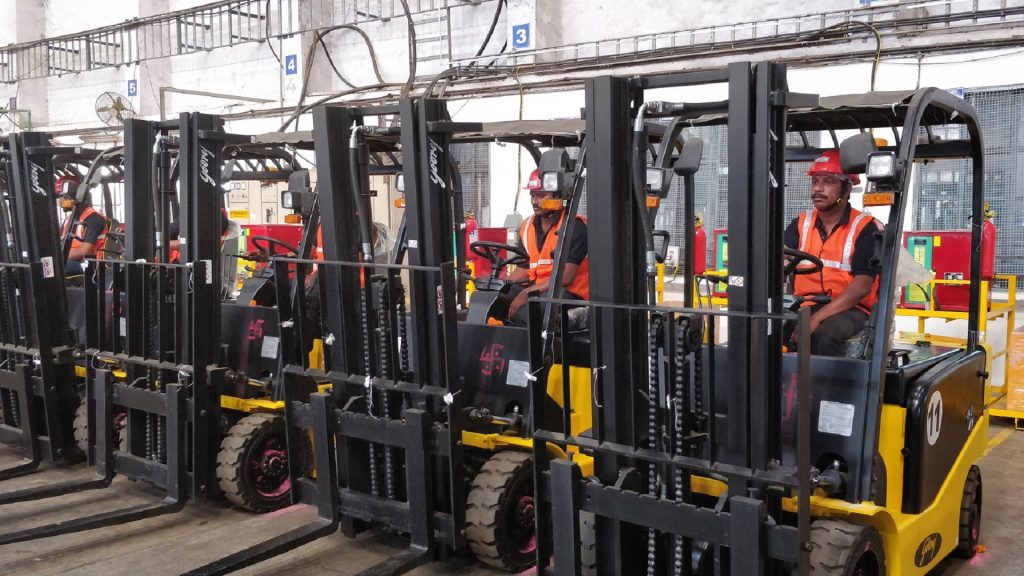Warehouse robotics has emerged as a transformative force in the realm of supply chain management, revolutionizing traditional operations and driving unprecedented efficiency gains. This technological evolution leverages advanced robotics and automation systems to streamline warehouse processes, from inventory management to order fulfillment. The integration of robots into warehouse environments has proven instrumental in overcoming challenges posed by manual labor constraints, reducing operational costs, and enhancing overall productivity. One key area where warehouse robotics excels is in inventory management. Automated robots equipped with advanced sensors and machine learning algorithms can navigate through vast warehouse spaces with precision, accurately tracking inventory levels in real-time. This not only minimizes the risk of human errors in manual counting but also ensures optimal stock levels, preventing overstock or stockouts. The result is a more agile and responsive supply chain that can swiftly adapt to fluctuating market demands.

Order fulfillment, a critical aspect of warehouse operations, has also witnessed a significant transformation through robotics. Autonomous robots, guided by sophisticated algorithms, can efficiently pick, pack, and ship orders with remarkable speed and accuracy. This not only accelerates the order fulfillment process but also reduces the lead time, allowing companies to meet customer expectations for fast and reliable deliveries. As a result, customer satisfaction levels soar, contributing to enhanced brand loyalty. Moreover, the implementation of warehouse robotics leads to a notable reduction in operational costs. While the initial investment in robotics technology may seem significant, the long-term benefits outweigh the costs. Automated systems work tirelessly around the clock, minimizing the need for extensive human labor and mitigating the impact of labor shortages. This cost-effectiveness is further accentuated by the robots’ ability to optimize warehouse layouts, maximize storage capacity, and minimize wastage, ultimately resulting in a lean and efficient operation.
Safety is another crucial aspect addressed by warehouse robotics. Robots are designed to handle repetitive and physically demanding LTL tasks, sparing human workers from potential injuries associated with lifting heavy loads or navigating hazardous environments. This not only ensures a safer work environment but also allows human workers to focus on more complex, cognitive tasks that require creativity and problem-solving skills. In conclusion, the adoption of warehouse robotics represents a paradigm shift in the way supply chain operations are conducted. By automating tasks that were traditionally labor-intensive and prone to errors, these technologies elevate efficiency, reduce costs, and enhance overall operational agility. As technology continues to evolve, the integration of artificial intelligence and machine learning into warehouse robotics is poised to unlock even greater potential, making supply chain management an increasingly dynamic and responsive field. As businesses continue to recognize the transformative power of warehouse robotics, the trend towards automation is likely to accelerate, shaping the future landscape of logistics and distribution.